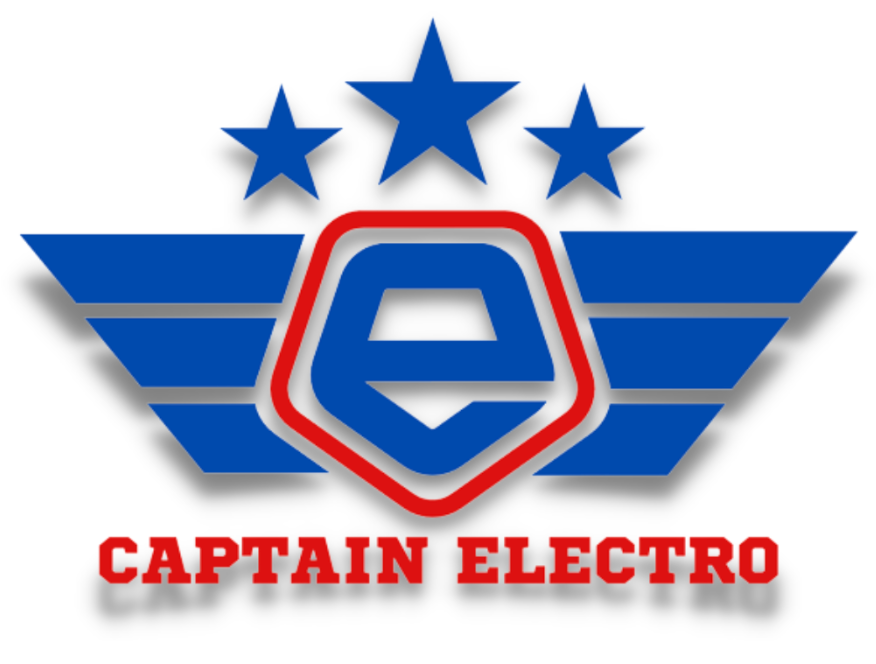Panasonic's Battery Breakthrough: Bigger is Better and Cheaper, Apparently
Image Credit: Panasonic.
It seems like those clever clogs over at Panasonic have finally cracked it. Remember those 4680 battery cells everyone was banging on about a couple of years ago? The ones Tesla promised would give us electric cars with the range of a migrating goose and the acceleration of a cheetah on a caffeine bender? Yeah, those ones. Well, Panasonic has just announced they're ready to start selling them out like hotcakes.
Hold on, let me guess... "What in the name of Henry Ford is a 4680 battery cell, and why should I care?" Allow me, your friendly neighborhood automotive journalist, to explain.
Imagine your typical EV battery pack as a box of those little AA batteries you used to shove in your Walkman back in the day (ask your grandparents, kids). Those are basically 2170 cells – 0.83 inches across and 2.8 inches long. Following the same logic, a battery that's more like a can of soda – that's your 4680 cells, 1.8 inches in diameter and 3.1 inches long.
Why the sudden growth spurt? It turns out these beefier batteries can hold a heck of a lot more energy – five times more, to be precise. This doesn't mean your electric car will suddenly be able to drive from New York to Los Angeles on a single charge, so don't get too excited. But it does mean that for the same range, the battery pack can be smaller, lighter, and – wait for it – cheaper.
That's correct; it's more affordable. These bigger cells need less packaging and wiring, so they actually work out to be less expensive to produce. And we all know that bringing down the cost of batteries is the holy grail of making electric cars truly affordable for everyone.
Image Credit: Panasonic.
These 4680 cells aren't just about packing more juice into a smaller space. They're also designed to handle higher power outputs, meaning your electric car could potentially have more oomph and charge faster than a teenager on free Wi-Fi. Plus, they're better at dealing with heat, so they should be more efficient and less prone to bursting into flames (always a bonus, in my book).
The question then: If these batteries are so fantastic, why aren't they in every electric car already? That's because making these things is a bit like baking a soufflé – it requires a delicate touch and a lot of patience. Tesla, which has been championing this technology for a while now, has had its fair share of production hiccups. But it seems Panasonic, the battery-making maestros, has finally ironed out the kinks and is ready to unleash these powerhouses onto the world.
In fact, Panasonic is so confident in these new batteries that they've gutted their entire 655,600-square-foot factory in Wakayama, Japan, and retooled it exclusively for 4680 production. They're even planning to have 400 staff working on the production line by March next year.
And who's going to be snapping up all these batteries? Panasonic already has deals in place with some pretty big names in the EV world, including Tesla (obviously), Lucid, Toyota, and Ford. They're also reportedly chatting with Subaru and Mazda, so it seems like these 4680 cells are going to be popping up in all sorts of electric vehicles in the near future.
Panasonic has also teamed up with a company called Sila, which is working on some seriously cutting-edge silicon anode technology. This wizardry promises to boost battery energy density by another 25%. That sounds a bit like finding a secret compartment in your suitcase that magically creates more space. Unfortunately, this technology is still a few years away from mass production, but it's definitely something to keep an eye on.
Long story short. Panasonic's 4680 battery cells: bigger, better, cheaper, and potentially revolutionary for the electric vehicle industry. EV battery technology is very much like that old story about buses - you wait for one for what feels like forever. And then three arrive at once.


